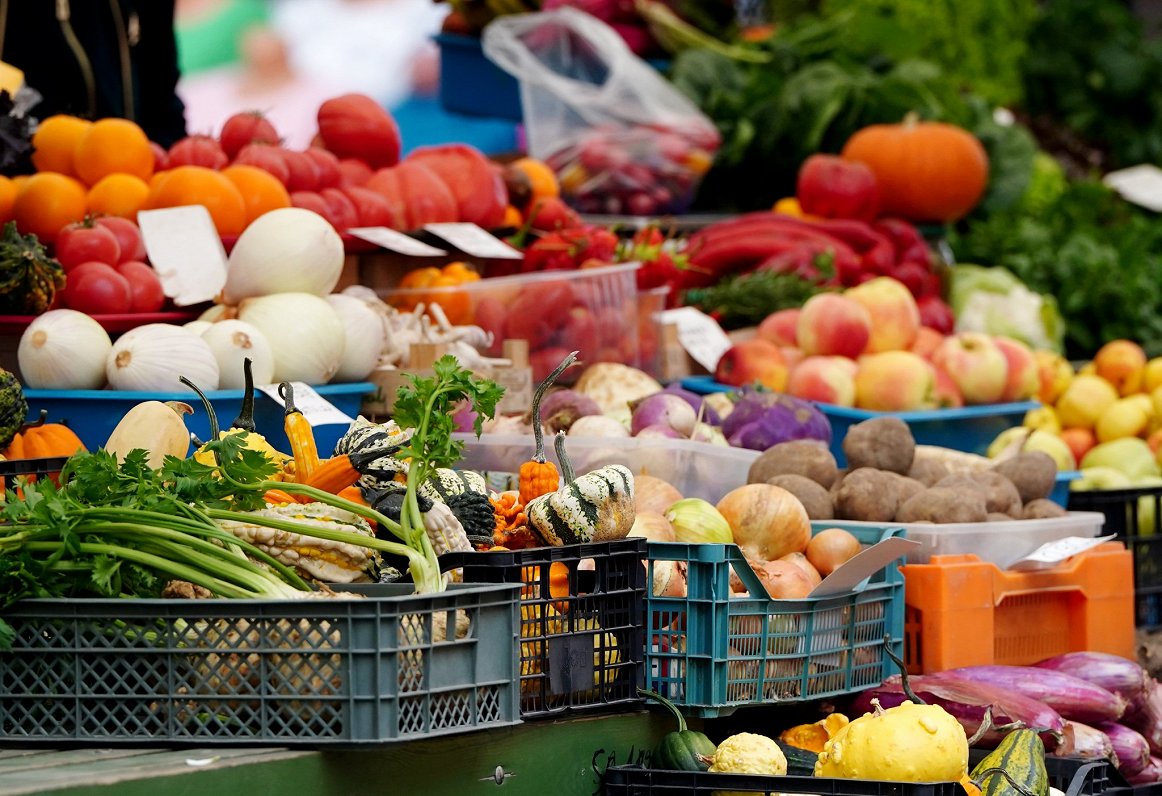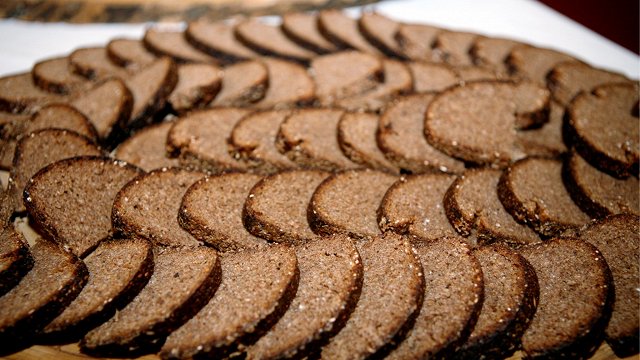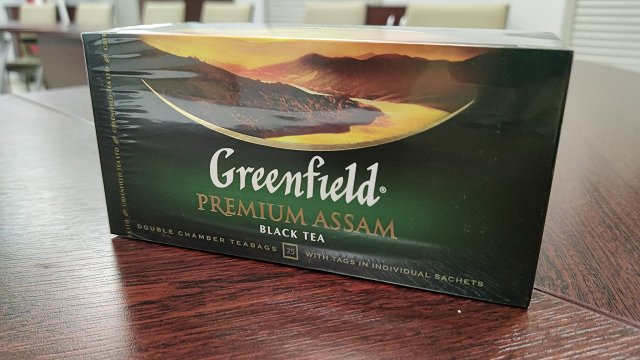This is also the story of the Latvian "yellow apple" rutabaga variety, which is being grown again thanks to the initiative of Slow Food Straupe.
Astrīde Rozīte, chairwoman of the board of the association "Slow Food Straupe", spoke to Latvian Radio and expressed her satisfaction with the work of several years that has brought the Latvian yellow apple rutabaga back to the gardens.
"The result of the project is very great - the plant has started to live again, and that was our goal, to make sure that the plant does not disappear," said Rozīte. "It took about three years for the farmers to grow, multiply, and get enough from the seeds to finally start thinking about something. In the autumn we sold the first crop, demand was high, the sprout disappeared within hours and, yes, it has started to live in our gardens."
The farm "Eicēni" is also involved in the revival of the variety of rutabaga - its owner Elita Reinharde said that this will be the second year that they will grow them.
"I had the opportunity to get some seeds and it worked somewhere inside me that I really wanted one because it is the taste of my childhood days," said Reinharde. "To cook the rutabaga like my mother did, [..] it's something that's left over from my childhood that I want to keep and share with others."
Also on the table at the Slow Food Straupe market is a small book "Kālis ir brālis" ("Rutabaga is brother"), which contains educational information about this vegetable as well as simple and sophisticated recipes for rutabaga.
Similarly, Slow Food Straupe is trying to promote Latvian sour cherries.
"[Sour cherries] are also disappearing from our gardens, because for some reason everyone only wants to buy sweet cherries [..] they are two different things, like rye bread and white bread," Rozīte explained. "That's the main mission of Slow Food - to preserve, to create interest so that it doesn't disappear. Because you also have to understand that if that variety disappears, then it's gone, and it's very difficult to resuscitate it after that."
Farmers Aija Gobiņa and Elita Reinharde appreciate that the work to revive and promote Latvia's old breeds is even very important.
"First of all, many European varieties do not overwinter, they are much more susceptible to disease. Latvia's old varieties are for us, they were created for our conditions and our breeders were very well known in their time," said Gobiņa.
The return of ancient varieties to gardens is also supported by Līga Lepse, a senior researcher at the Institute of Horticulture, who, in addition to researching vegetable cultivation technologies, is also responsible for the genetic resources of vegetables.
"The Research Center of the Institute of Horticulture is located in Pūre and, as the name suggests, we are sort of holding the dowry chest, the Latvian vegetable dowry chest," said Lepse. "The species that reproduce by seeds, those seeds are safely stored in the gene bank in Salaspils."
Now, like the yellow apple rutabaga, the idea is to bring local garlic and onion varieties back to Latvian gardens.
There are still many vegetables and plants waiting to come back, but Lepse also admits that one thing is that the seeds of many plants are saved and in a sense safe, but the climate is changing and plants need to adapt.




























